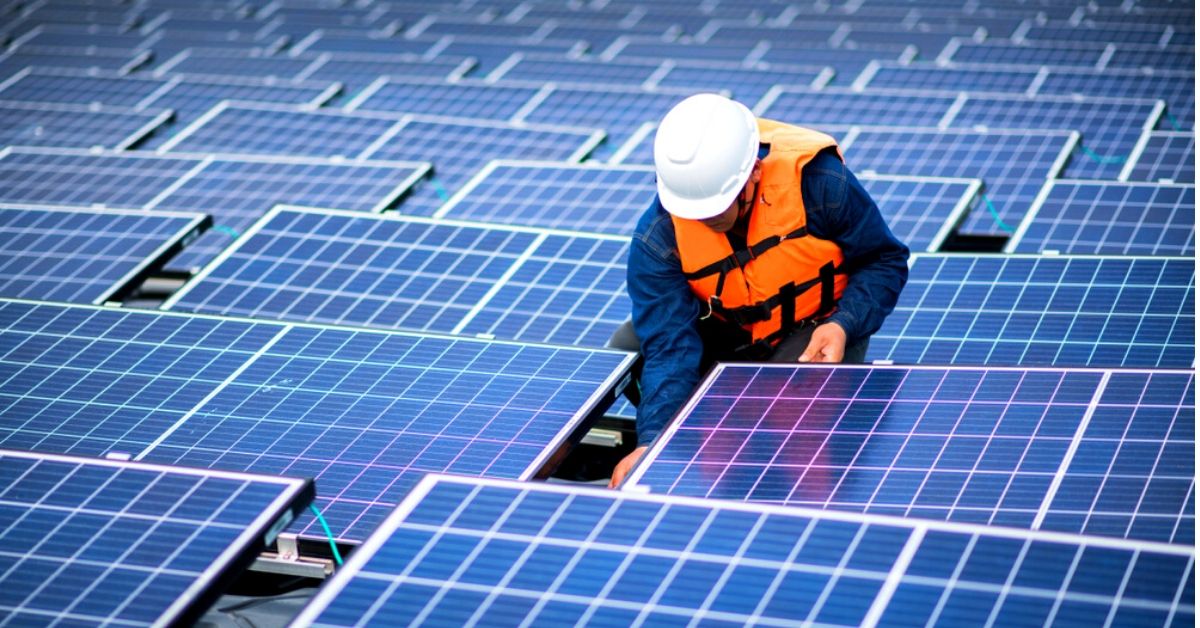Here are a few tips to keep in mind for maintaining your solar panels efficiently:
1. Time-to-time inspection:
2. Cleaning & taking care of your solar panels:
- To maximize the effectiveness of your solar panels, firstly you need to keep them free of dust, dirt, leaves, and snow.
- Since these panels are made of glass, you don’t need to shop for specialized solar panel care or cleaning tools. You can use a soft cloth to wipe the panels.
-
Avoid using detergent-based cleansers. They can leave streaks and smudges that may decrease the light that passes through.
- Rubbing alcohol partly mixed in water can take care of any oily residue or other stubborn dirt.
3. Ensuring ample sunlight is available:
Solar Rooftop System is installed in a location where they receive maximum sun exposure. However, trees & buildings can grow over the years around this location, which then affects the pattern of sun and shade. To make your solar panels to lasts longer it is very necessary to make sure that they are located with the best possible sunlight orientation.
4. Examining the components on a regular basis:
During cleaning, you should take a look around at all your wiring, components, and mounting rack. Check for any signs of water damage, leaks, or drainage issues around the panels.
Look for missing bolts, broken glass, and frayed wiring. An early inspection can prevent serious issues that turn into costly repairs. You should contact your solar contractor immediately if you notice any similar issues. Don’t try to repair it yourself as your solar system can be best repaired by a trained professional.
5. Keeping a check on energy usage:
Installing an energy monitor is your most direct way to make sure your entire system is performing effectively. These monitoring systems usually provide output data on the website or the app of your smartphone. You can check the production totals of each solar panel. This comes handy in spotting any “dead” panels that aren’t producing electricity. This can be due to a problem with the panel itself or with the connection between the panel and the inverter.
Report an unexpected loss in electricity production to your Solar Panel Installer. Schedule an inspection immediately.
Conclusion:
Using these preventative maintenance tips will go a long way towards the longevity and efficiency of your solar system. Going solar is always a great option as it is clean electricity, saves your electricity bill, and in most cases, it hardly costs you a penny for maintenance.


